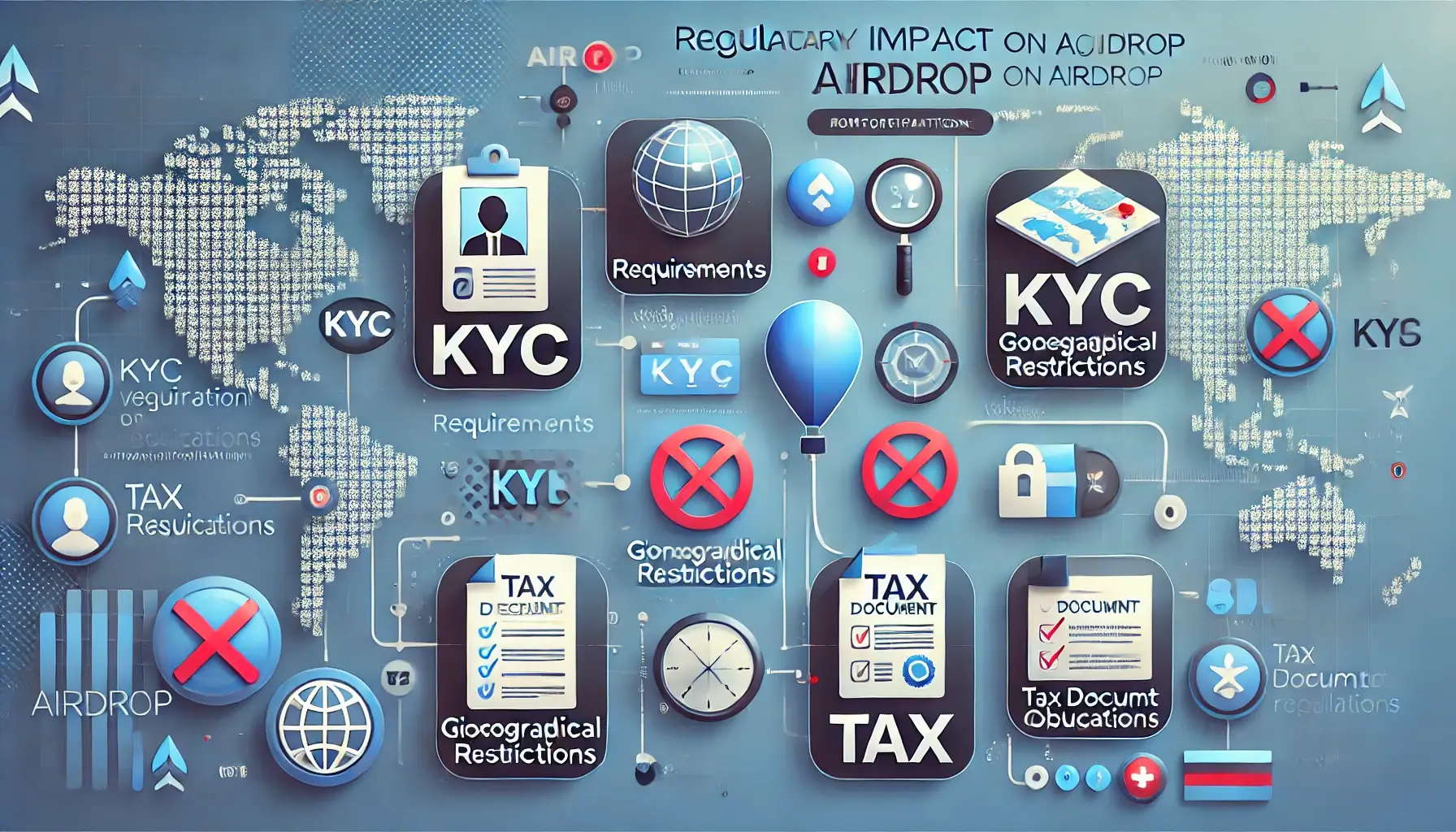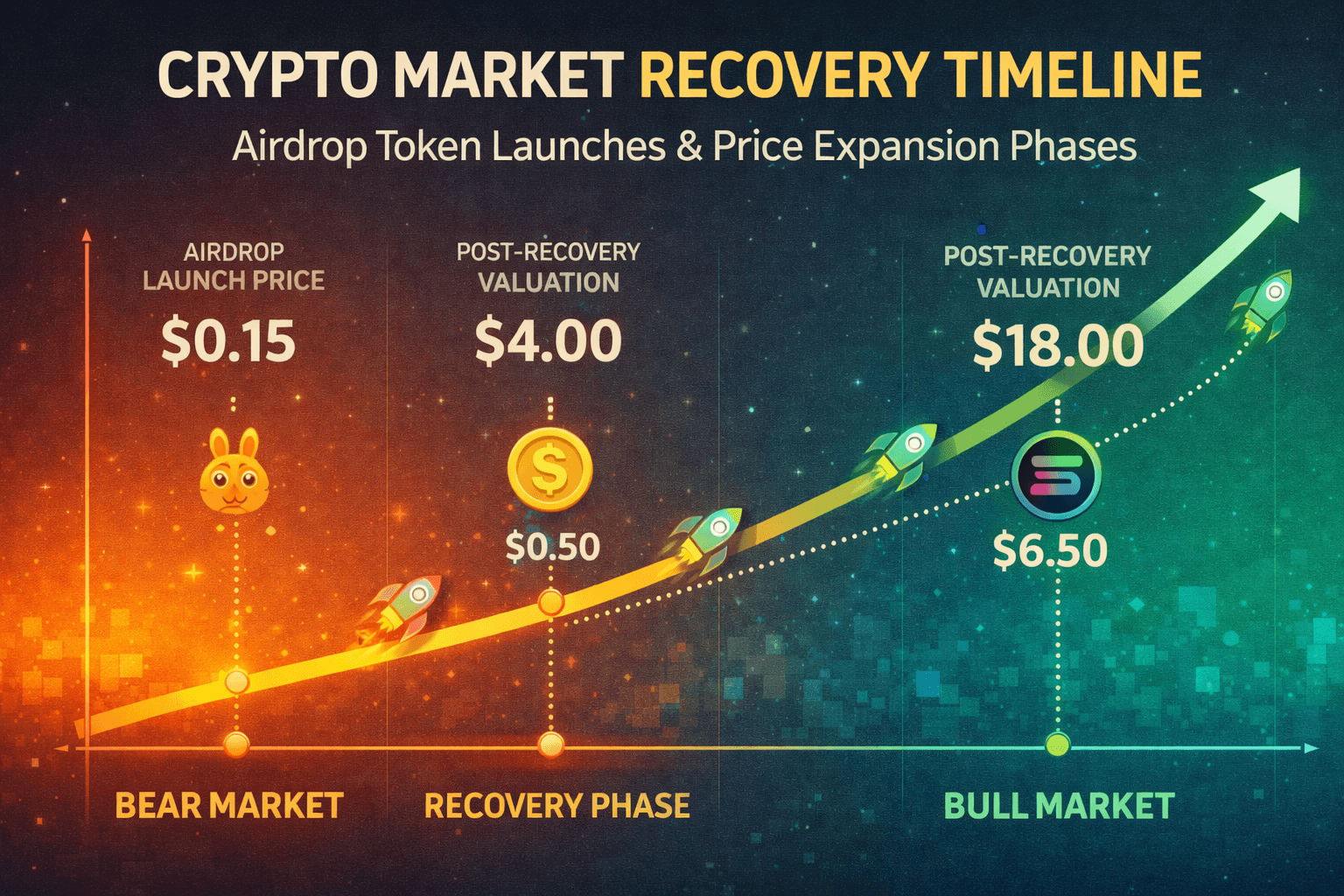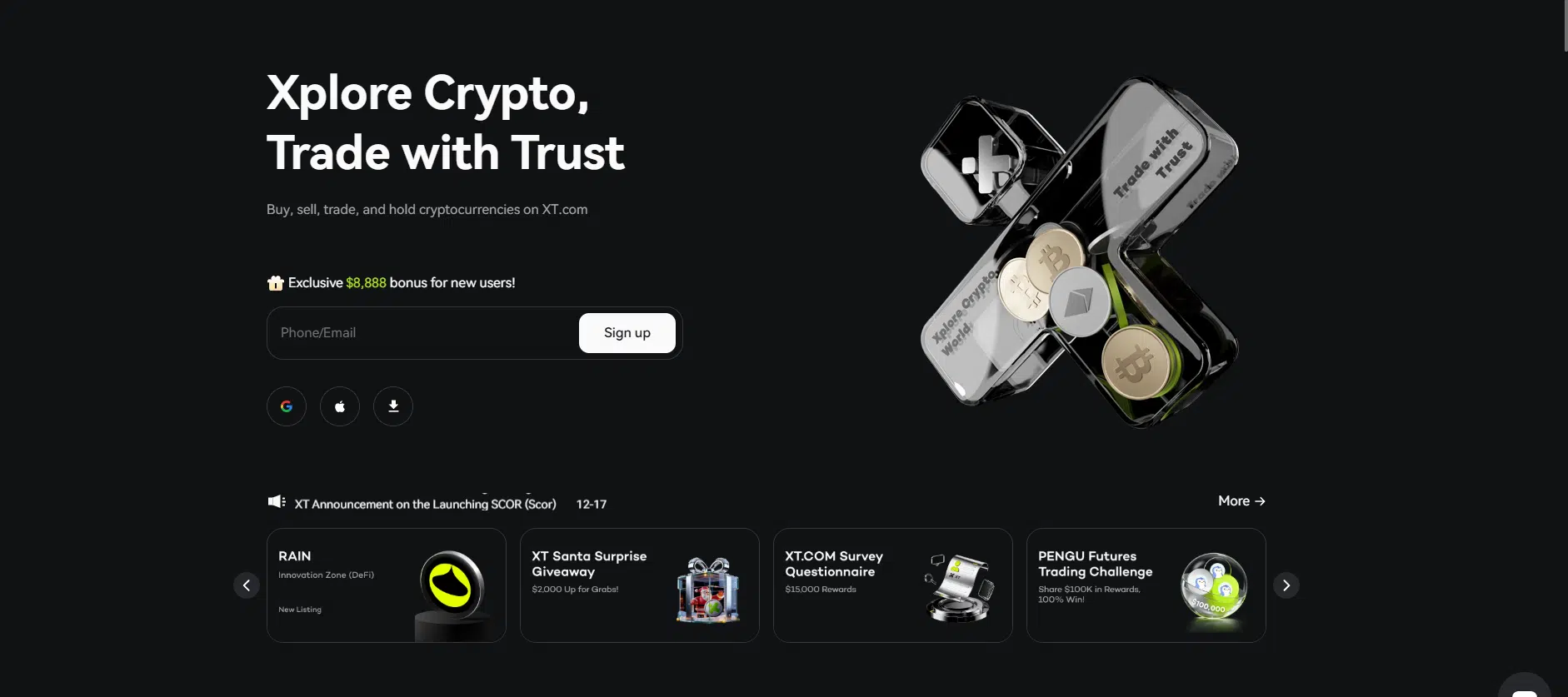As the cryptocurrency landscape grows, airdrops—the distribution of free tokens to eligible wallets have become a popular marketing and community building tool for blockchain projects. However, with the rise of airdrops, regulatory scrutiny is intensifying, as governments around the world introduce new regulations impacting who can participate and how airdrops are conducted. In this article, we’ll explore how recent regulatory changes are reshaping airdrop participation, from eligibility criteria to compliance requirements, and what this means for crypto enthusiasts and projects alike.
1. Why Are Regulators Interested in Airdrops?
Airdrops, while generally seen as “free giveaways,” often carry implications under financial and securities regulations. In the eyes of regulators, airdrops can resemble promotional incentives or financial distributions, which might subject them to specific compliance rules. For example, if a token distributed via an airdrop is considered a security, it could fall under securities laws, requiring the distributing entity to register or comply with strict rules to avoid fines or penalties.
Recent regulatory interest in crypto stems from concerns about consumer protection, money laundering, and fraud prevention. As a result, governments and financial authorities are introducing new rules to oversee how airdrops are distributed, who can participate, and the reporting requirements involved. Let’s dive into the specific ways these regulatory changes impact airdrop participation.
2. Key Regulatory Changes Affecting Airdrop Participation
Several key regulatory developments are currently influencing how airdrops are structured and who can access them. Here’s an overview of the most impactful changes:
2.1 KYC and AML Requirements
Know Your Customer (KYC) and Anti-Money Laundering (AML) regulations are now being applied to airdrop campaigns to prevent fraud and ensure legitimate participation. Many jurisdictions require crypto projects to verify the identities of participants before they can receive airdrop tokens. This verification process includes submitting personal information like government-issued ID and proof of residence, which can be a barrier for users concerned about privacy.
KYC and AML requirements mean that airdrops are no longer fully anonymous, limiting participation to users willing to go through identity verification. While this step enhances security and compliance, it also excludes those who prioritize anonymity.
2.2 Geographical Restrictions
New regulations often impose geographical restrictions on airdrop participation. For instance, in the United States, the Securities and Exchange Commission (SEC) has strict guidelines on distributing tokens that may be classified as securities. This means many projects choose to exclude U.S. residents from airdrop campaigns to avoid legal complications.
Similar restrictions apply in other regions with strict crypto regulations, such as China and India. As a result, users from certain countries are increasingly blocked from participating in airdrops, which reduces the global reach of these campaigns.
2.3 Tax Implications
Some countries have introduced tax obligations for airdrop recipients. For example, in the United States, the IRS considers airdrop tokens as taxable income, meaning recipients may need to report the value of their airdrop at the time they receive it. Failure to report airdrop earnings can result in fines and penalties.
This tax burden impacts the appeal of airdrops, as recipients must account for their airdrop income, even if they don’t immediately sell the tokens. Tax implications add another layer of complexity, especially for users in jurisdictions with unclear crypto tax guidelines.
2.4 Classification of Tokens as Securities
Perhaps the most significant regulatory change affecting airdrops is the classification of certain tokens as securities. If a token meets the criteria of a security, its distribution through an airdrop could require registration with regulatory bodies like the SEC. This process is costly and time-consuming, leading many projects to restrict or alter their airdrop campaigns.
The Howey Test, a U.S. legal standard, determines if an asset is a security. If a token is deemed a security, distributing it freely via an airdrop may be illegal without registration. This classification is pushing many projects to modify their airdrop strategies to avoid regulatory issues.
3. How Regulatory Changes Are Shaping Airdrop Participation
Due to the regulatory changes mentioned above, crypto projects and users are adjusting the way they conduct and participate in airdrop campaigns. Let’s look at some of the ways these regulations are shaping the future of airdrops.
3.1 Focus on Compliance
To avoid legal complications, many crypto projects are prioritizing compliance by implementing KYC/AML procedures and ensuring that their tokens don’t violate securities laws. This shift means airdrops are becoming more selective, with participation limited to users who meet regulatory requirements.
Some projects are also consulting with legal experts to structure their airdrops in a way that minimizes risk. This includes avoiding promises of future profits, as such promises can lead to the token being classified as a security. By focusing on compliance, projects aim to maintain a legal airdrop process while continuing to engage users.
3.2 Rise of Targeted Airdrops
Geographical restrictions and regulatory requirements are encouraging projects to adopt targeted airdrop campaigns. Rather than distributing tokens globally, projects may choose to airdrop tokens only to participants from specific countries where regulatory scrutiny is less strict. This trend limits global participation but ensures compliance with local regulations.
For instance, a project may restrict its airdrop to countries within the European Union or countries with clear crypto regulations. This targeted approach helps projects avoid running afoul of international laws.
3.3 Shift Towards Reward Programs and Loyalty Points
As regulatory pressure on airdrops grows, some projects are shifting away from traditional airdrops to reward programs or loyalty points systems. These programs allow users to earn tokens based on their activity within the platform, without the need for a mass distribution.
Unlike airdrops, reward programs and loyalty points are often less likely to be classified as securities, reducing legal risk. For example, instead of distributing tokens for free, a project might reward users with loyalty points that can later be redeemed for tokens, thus avoiding the complexities of airdrop regulations.
3.4 Increased Transparency and Reporting
To stay compliant, crypto projects are adopting higher standards of transparency for airdrop campaigns. This includes clearly outlining eligibility criteria, tax obligations, and regulatory restrictions. By making this information available upfront, projects help users understand their responsibilities and the risks involved in receiving airdrops.
For users, this means reading the fine print has become essential. Understanding the legal implications and tax responsibilities tied to an airdrop is now part of responsible participation in the crypto ecosystem.

4. The Future of Airdrop Participation in a Regulated Environment
The regulatory landscape surrounding airdrops will likely continue to evolve, and participants should prepare for further changes. As governments refine their stance on crypto, airdrop campaigns may become more structured and compliant, resembling traditional loyalty programs rather than free giveaways.
Here’s what we might expect:
- More Sophisticated Compliance Measures: Projects will continue to develop advanced compliance processes to ensure that airdrops remain legally sound.
- Partnerships with Regulated Entities: We may see crypto projects partnering with regulated financial entities to facilitate legally compliant airdrops.
- Emergence of Regulated Airdrop Platforms: New platforms specializing in compliant airdrop distribution may arise, catering to projects that want to reach global users without regulatory risk.
As the industry matures, airdrop participants will need to stay informed about changing regulations and their obligations. For crypto enthusiasts, this means adjusting strategies and understanding the risks and requirements associated with each airdrop.
Conclusion
The impact of regulatory changes on airdrop participation is shaping the future of how crypto projects distribute tokens and who can access them. From KYC requirements to geographical restrictions and tax obligations, these regulations are making airdrop participation more complex, but also safer for both users and projects.
Crypto enthusiasts interested in airdrops should remain aware of regulatory developments and read the eligibility criteria carefully to avoid unexpected complications. For projects, compliance with new regulations is crucial to conducting a successful airdrop campaign in today’s environment.
For more insights and detailed guides on blockchain applications, visit our Cryptocurrency Comparisons Guides.
Stay Updated
For the latest updates on crypto regulations, airdrop strategies, and industry trends, follow us on:
Stay informed with insights into the changing crypto regulatory landscape at FreeCoins24.io.
Special Offer
Looking to explore more in the crypto world? Sign up on Bybit today and receive up to $30,000 in deposit bonuses. Join a platform built with compliance and user security in mind.
















